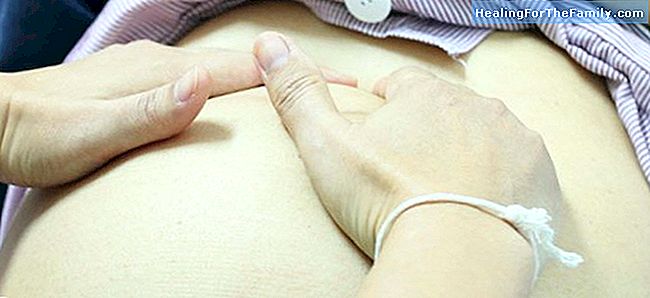Maneuver Kristeller in childbirth. Risks
More and more women are clamoring for a respected delivery . It is not about choosing where the delivery is made but about choosing how it will be carried out. The respected delivery is one in which the woman can decide, feels safe and trusts that the staff that attends her will respect at all times
More and more women are clamoring for a respected delivery. It is not about choosing where the delivery is made but about choosing how it will be carried out. The respected delivery is one in which the woman can decide, feels safe and trusts that the staff that attends her will respect at all times her body and the health of the baby since she knows the risks of certain interventions and does not perform them without clear justification .
One of these interventions that directly attack the respected delivery is Kristeller's maneuver. For years it was a common practice in many clinics, so much so that many women have gone through this situation without knowing that today is a practice totally discouraged in childbirth and even banned in some countries. What is the Kristeller maneuver at birth?
During labor, at the time of delivery, a nurse and sometimes even two, get on the stretcher and perform a

strong pressure with the forearm or both hands on the abdomen . The purpose is to shorten the duration of the expulsive and help the baby out through the birth canal.The Kristeller maneuver is
totally discouraged by the World Health Organization y, and obstetric agencies from around the world. The main reason for this is that it is not proven that it reduces the rate of deliveries by caesarean section or really help shorten labor. The benefits are few compared to the proven risks: - hemorrhages- detachment of the placenta
- vaginal tears
- rupture of the uterus
- broken ribs
- traumatisms and injuries in the baby
Critics of the Kristeller maneuver defend that there are other types of interventions that are less dangerous for women and that also help the baby to descend. In addition, most of the time it is done without the patient's consent or prior information about this practice. Pregnant women who do not want the maneuver performed on them should know that every person has the right to decide about their own body and to refuse intervention.












